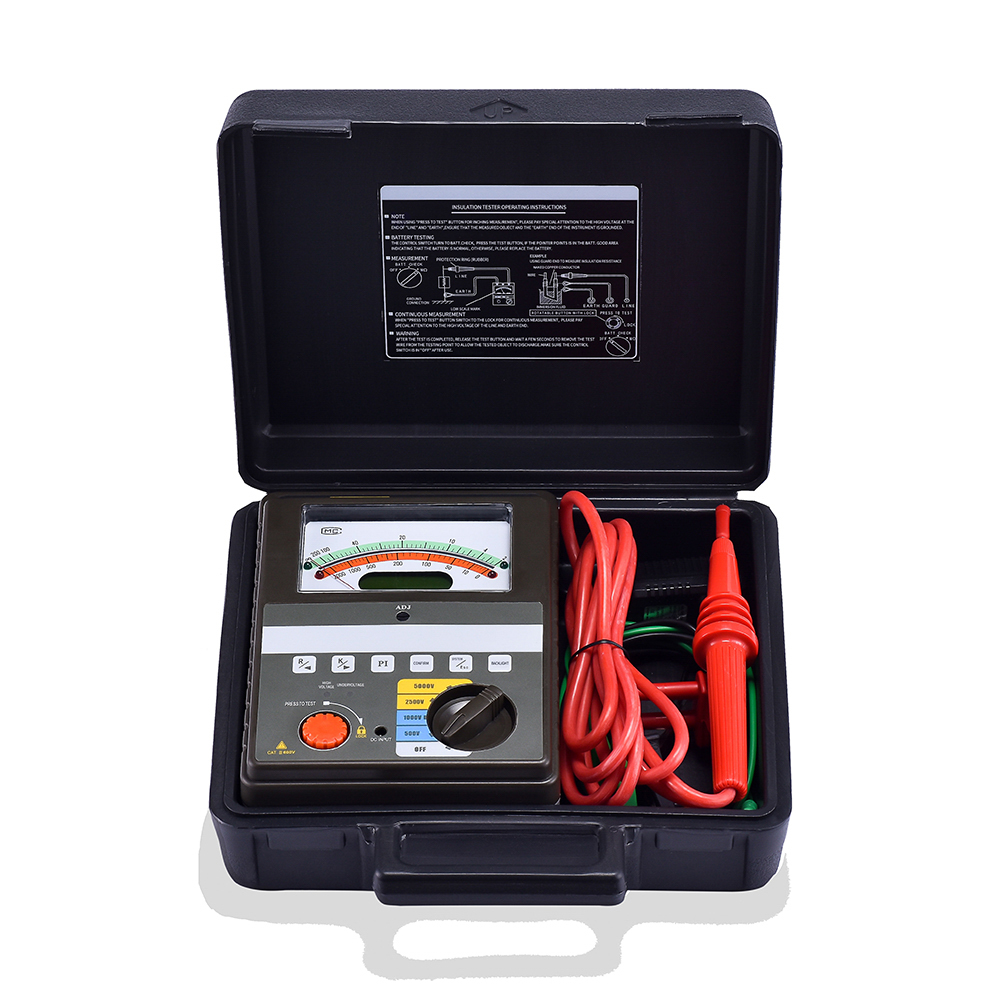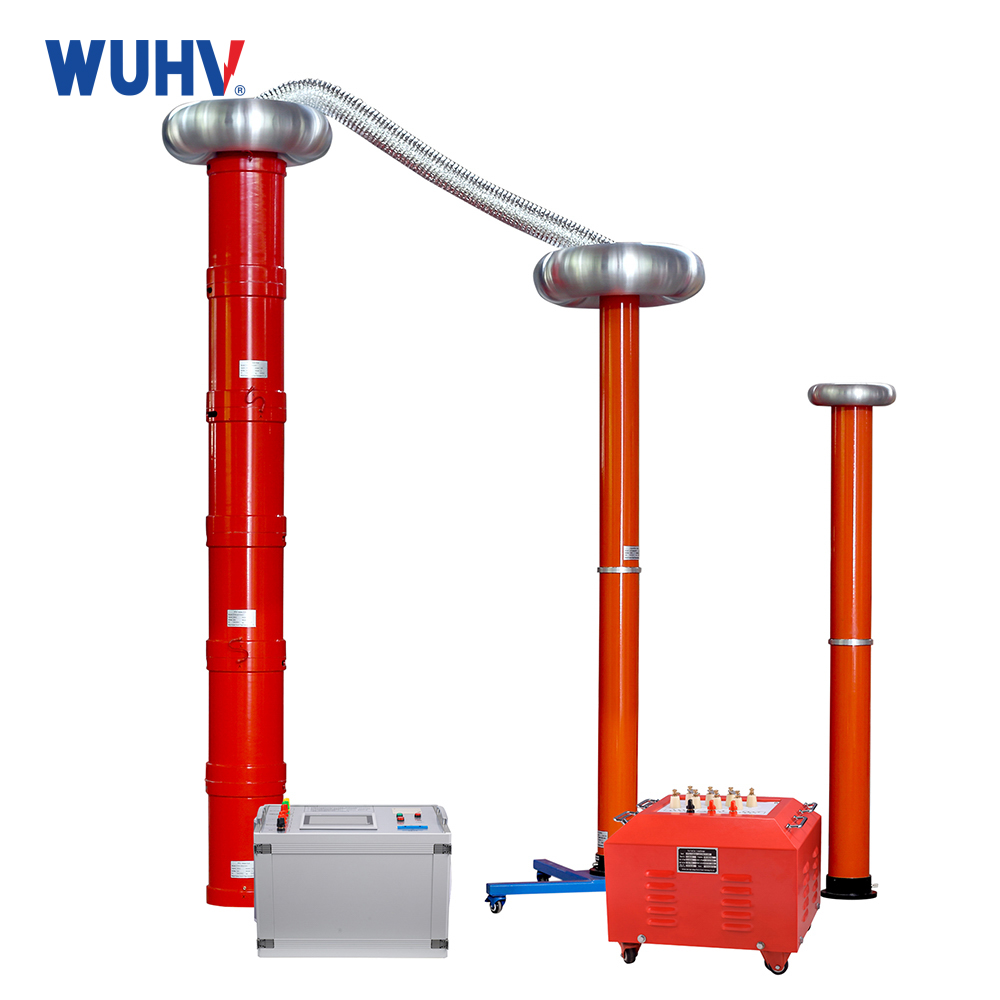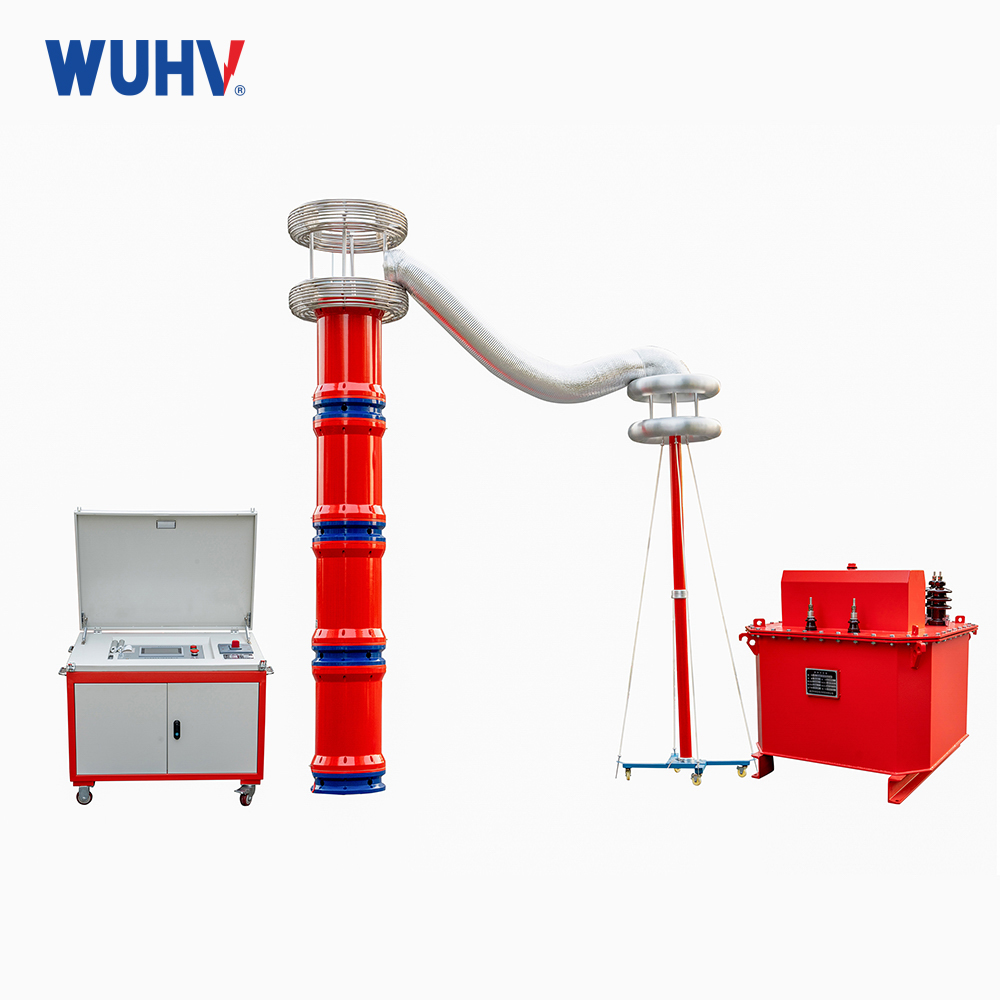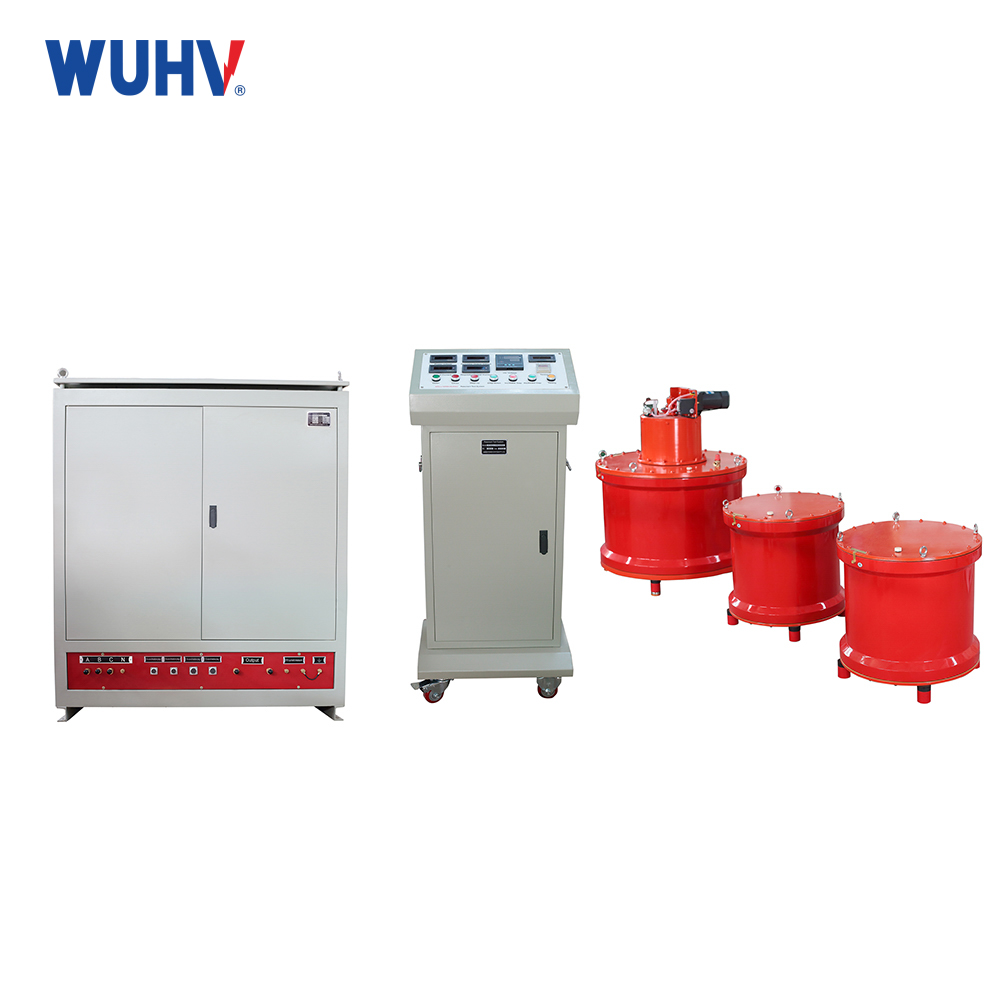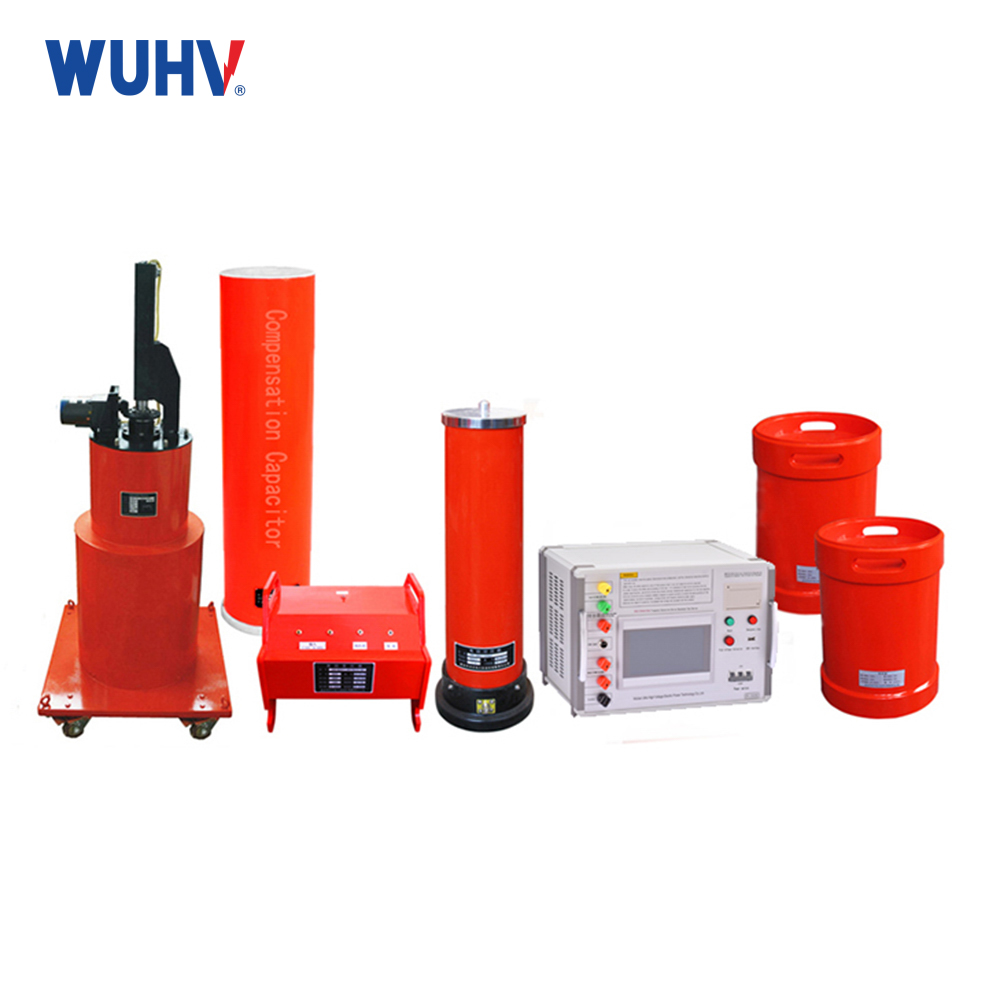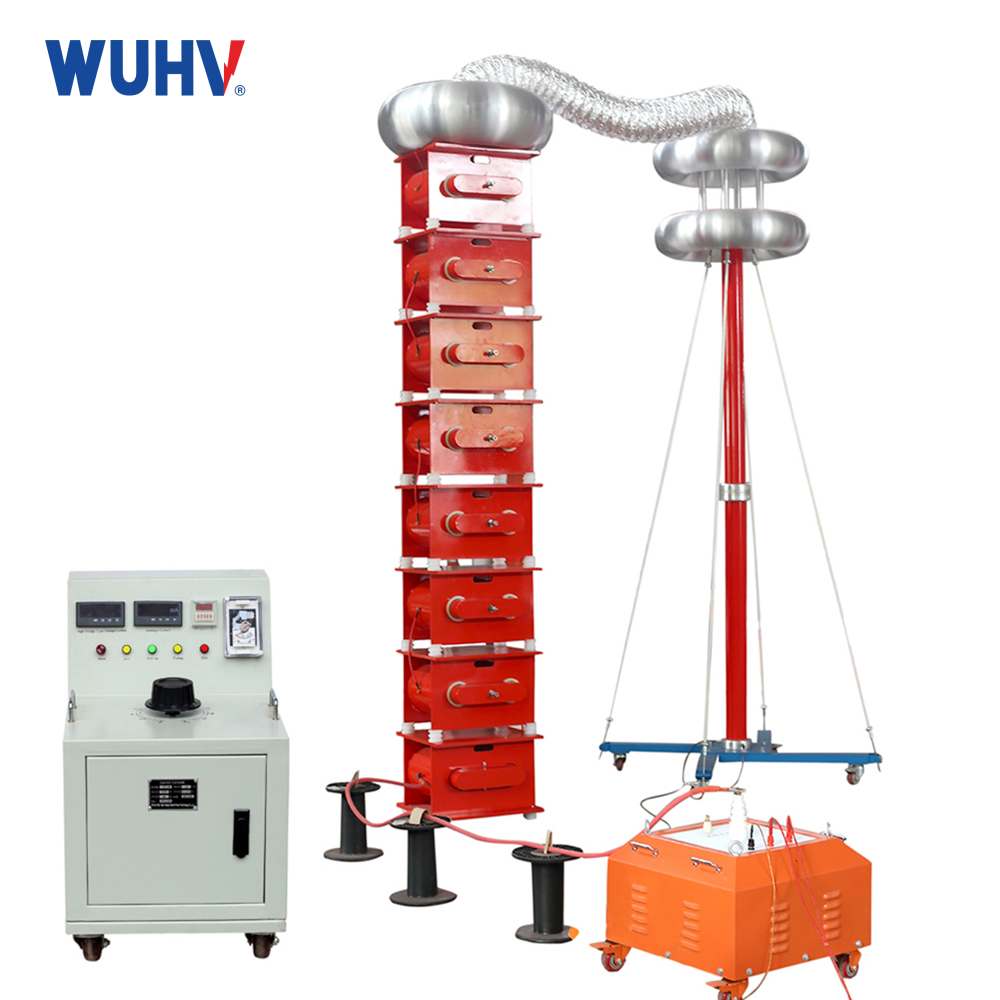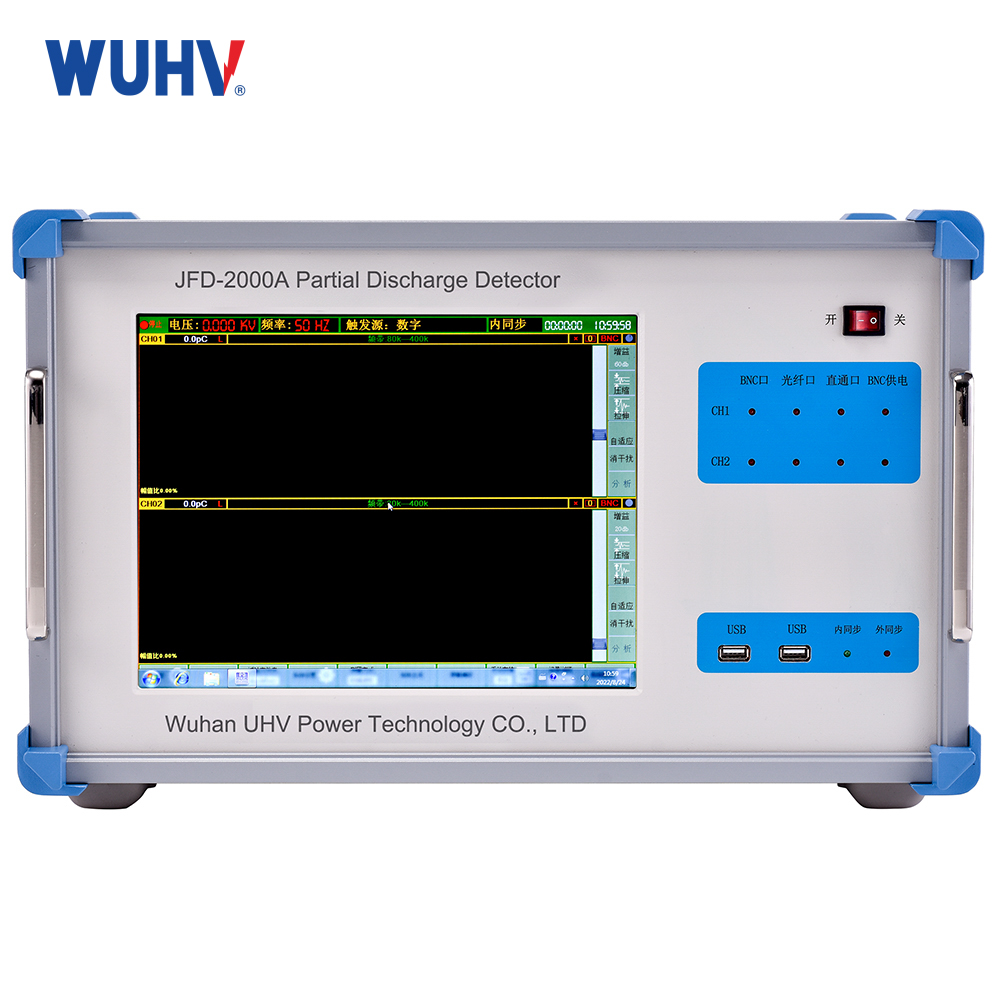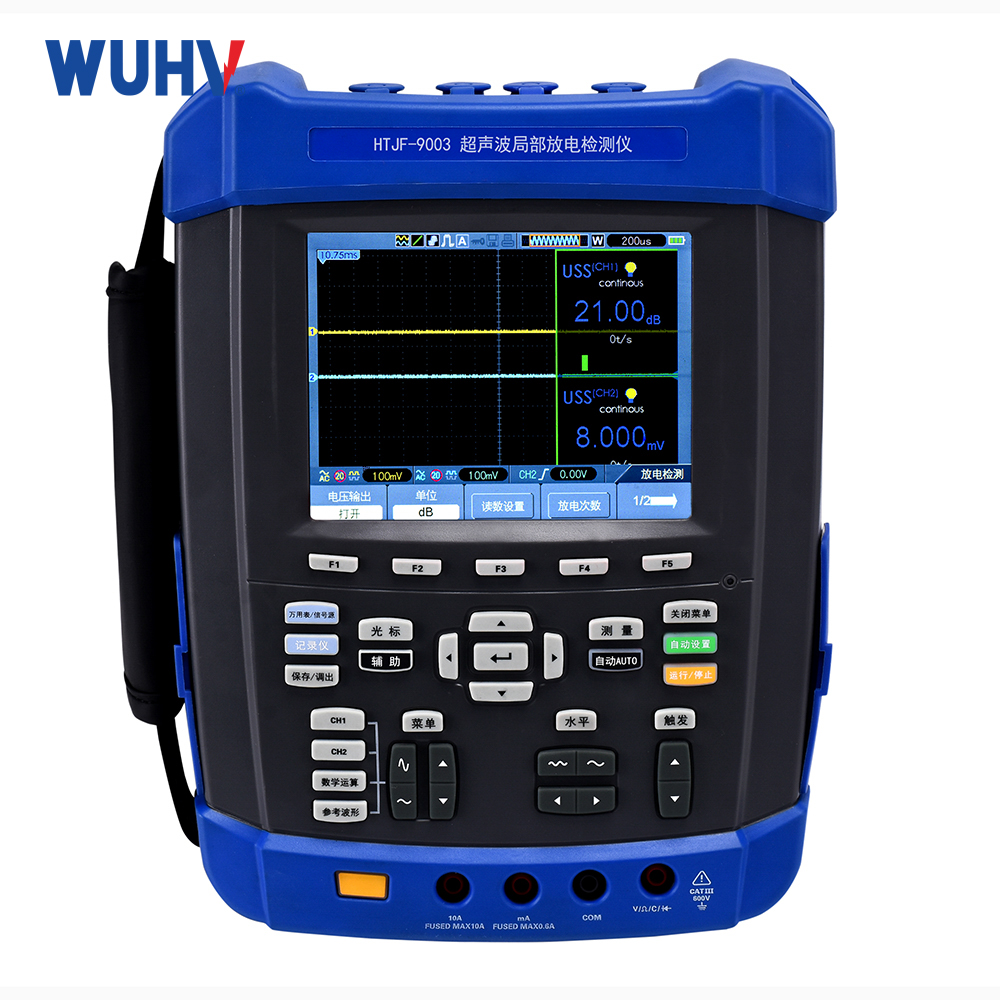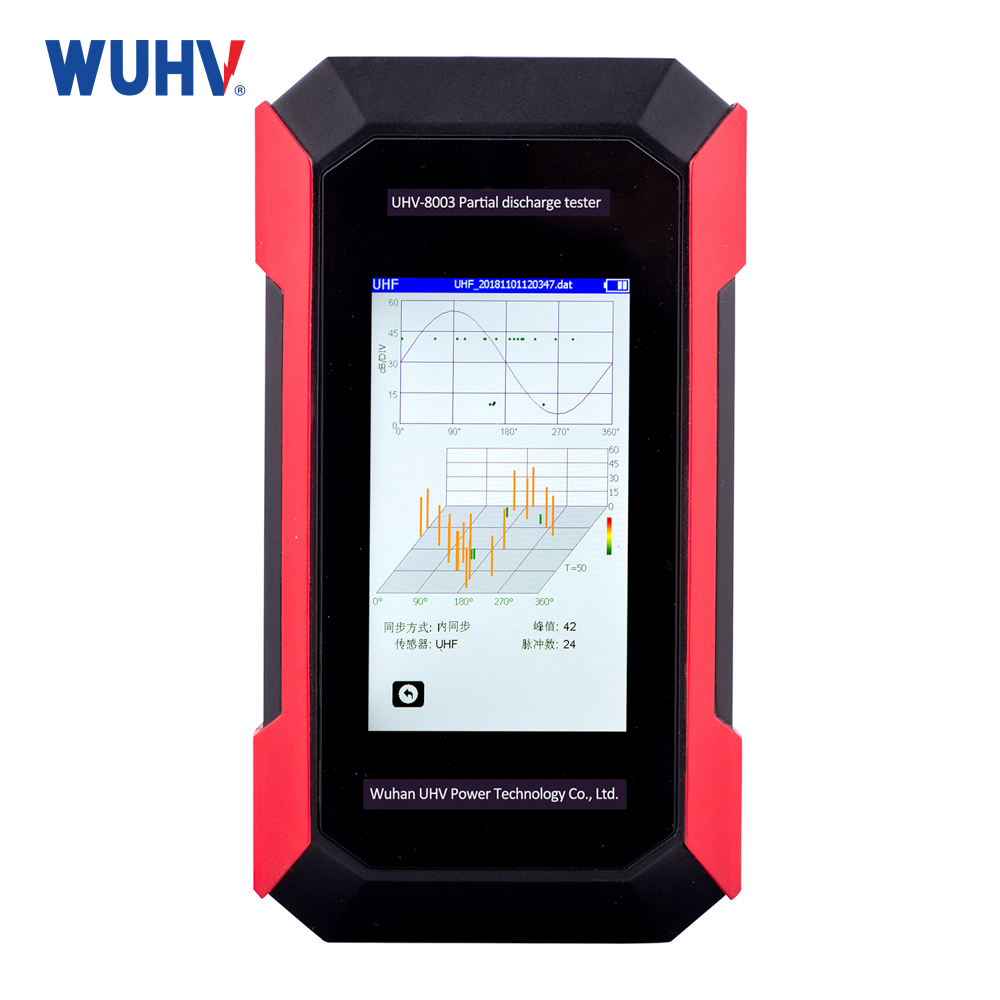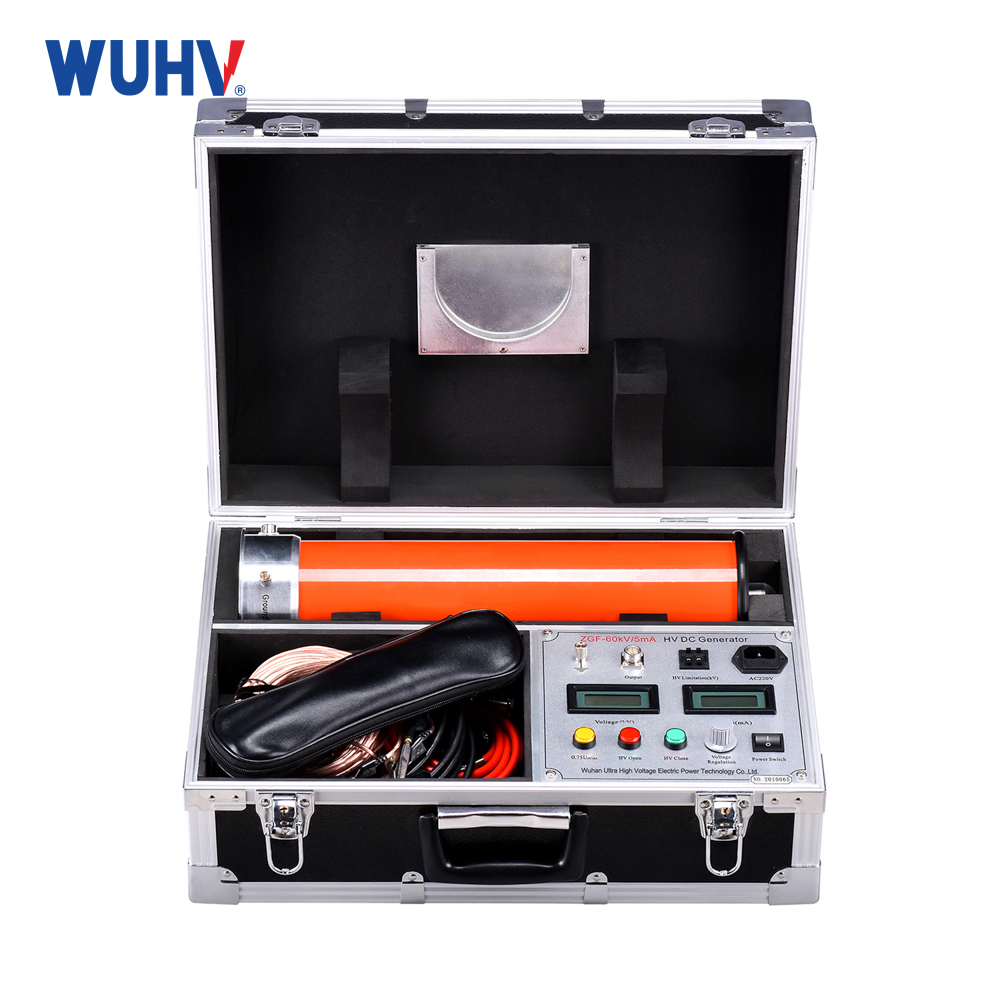The insulation resistance tester under UHV power can help many power workers conduct various power tests more conveniently.
Maintaining good insulation is crucial for high-voltage electrical testing equipment during operation. Therefore, every step of the equipment from production to use must undergo a series of insulation tests, including raw material testing during the production process, factory testing, handover testing, operation and maintenance insulation prevention testing, etc. Wait. Among them, handover testing and preventive testing of electrical equipment are two important types of testing. This section focuses on the content of insulation prevention tests.
1. Insulation resistance test
Insulation resistance testing is a widely used and convenient method in electrical equipment insulation testing. The magnitude of insulation resistance can effectively reflect the overall moisture, pollution, and severe overheating aging of the insulation. The commonly used instrument for testing insulation resistance is an insulation resistance tester. The use of insulation resistance tester should comply with the relevant provisions of DL/T596 "Preventive Test Code for Power Equipment".
2. Leakage current test
The leakage current of electrical equipment can be measured by applying high DC voltage. The commonly used devices for measuring leakage current include high-voltage test transformers and DC high-voltage generators. When there are certain defects in the equipment, the leakage current under high voltage is much greater than that under low voltage, that is, the insulation resistance under high voltage is much lower than that under low voltage. The microampere used for leakage current measurement is more accurate than the insulation resistance tester.
3. DC withstand voltage test
The high voltage of the DC withstand voltage test has a special effect on discovering local insulation defects and can be conducted simultaneously with the leakage current test.
Compared with AC withstand voltage testing, DC withstand voltage testing has the advantages of lighter testing equipment, less insulation damage, and easy detection of local defects in the equipment. Compared with AC withstand voltage testing, the main disadvantage of DC withstand voltage testing is that due to the different voltage distribution inside the insulation under AC and DC, DC withstand voltage testing is not as close to reality as AC withstand voltage testing. Testing.
4. AC voltage withstand test
The communication withstand voltage test is very strict for insulation testing and can effectively detect relatively dangerous concentrated defects. It is a direct method for identifying the insulation strength of electrical equipment, which has decisive significance in determining whether electrical equipment can be put into operation, and is also an important means to ensure the insulation level of equipment and avoid insulation accidents.
Communication withstand voltage testing may sometimes further develop some weaknesses in insulation. Therefore, insulation resistance, absorption ratio, leakage current, and dielectric loss tests must be conducted on the test items before testing. If the test results are qualified, the AC withstand voltage test can be conducted Otherwise, it should be dealt with in a timely manner and an AC withstand voltage test should be conducted after all indicators are qualified to avoid unnecessary insulation damage.
5. Dielectric loss factor tg δ test
The dielectric loss factor tg δ is one of the basic tests for insulation testing of high-voltage electrical equipment.
The dielectric loss factor tg δ is one of the basic indicators reflecting insulation performance. It can sensitively detect the overall damping, degradation, and deterioration of electrical equipment insulation, as well as local defects of small volume equipment penetration and non penetration. Compared with the testing of insulation resistance and leakage current, the dielectric loss factor tg δ has significant advantages. It is not related to factors such as test voltage and sample size. More convenient to assess insulation changes in electrical equipment and effectively detect insulation defects.


